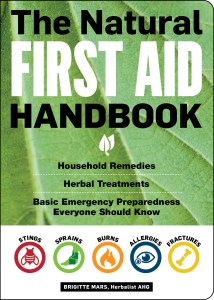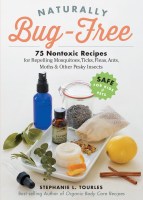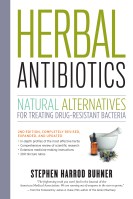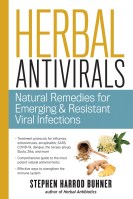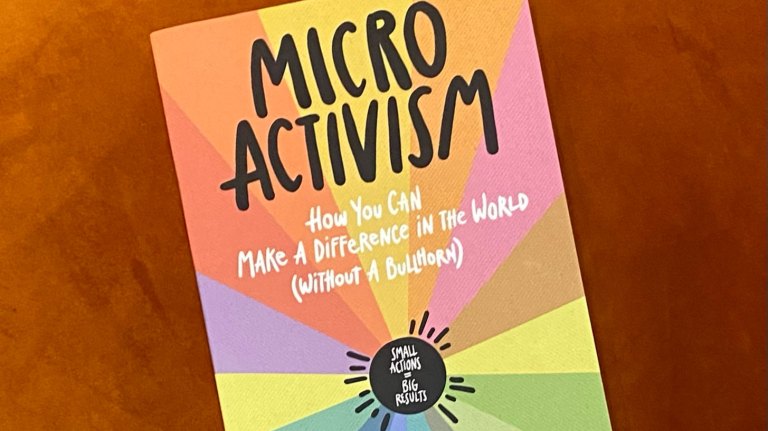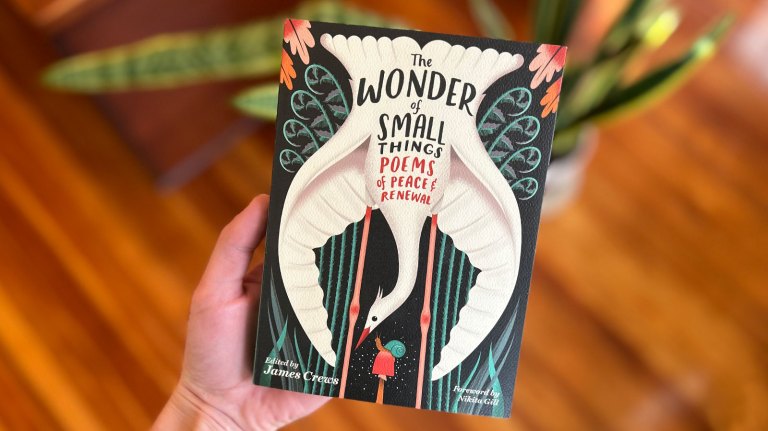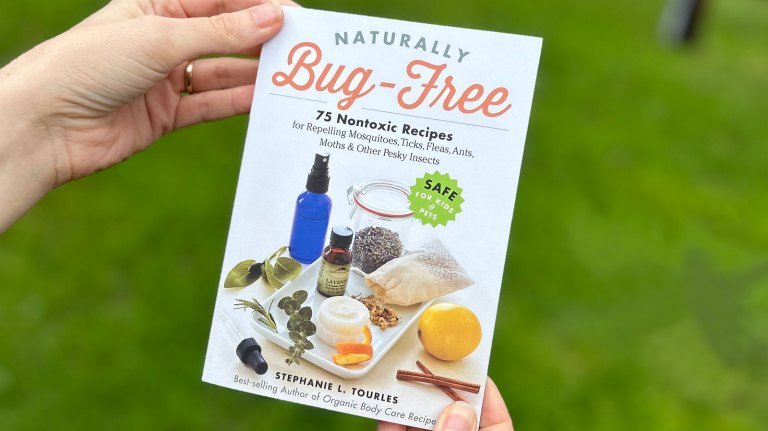Take the Sting Out of Summer with the Power of Plants
From potato for soothing burns to spiderwebs for slowing bleeding, the natural world has a lot to offer in the way of first aid.
Summer is the season of the three Rs — rest, relaxation, and recreation — with plenty of outdoor activities for taking full advantage of the longer days while they last. All that fun in the sun can take a toll, if we’re not careful (and sometimes, even if we are). The most common illnesses and injuries seen by doctors in urgent care clinics and emergency rooms in the summer are usually preventable. While there is no real replacement for competent medical care when needed, there are commonly available household remedies and herbal treatments you can lean on while you wait for help to arrive, or put to use to promote recovery in the aftermath.
From essential oils to plantain poultices, here are just a few commonsense tips and time-tested remedies for soothing summer stings, scrapes, and burns naturally.
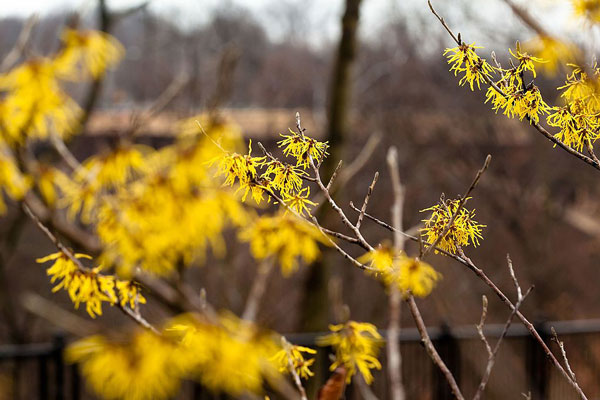
Preventing Heatstroke
Heatstroke can be fatal. If you suspect an attack of heatstroke, seek immediate medical attention.
The best way to prevent heatstroke is to know your limits. If you feel you’re becoming overheated, it’s time to cool down. Get into the shade, lie down with your head elevated, and loosen your clothes. Then, try some of these simple, all-natural cooling treatments.
If the heat is getting to you, you can make a topical spritzer. Fill an 8-ounce (240 mL) spray bottle with water, 2 teaspoons (10 mL) of witch hazel, 10 drops of lavender essential oil, and 10 drops of peppermint essential oil. Spray or sprinkle over yourself.
Hydration is key. In the heat of the day, avoid caffeinated beverages. Instead, reach for tea made from hibiscus flower, lemon balm, oatstraw, or peppermint — all cooling beverages, especially when chilled. Adding a squeeze of lemon or lime to water also has a cooling effect.
If hot weather is new to you, eleuthero in capsules, tincture, or tea may help you acclimate.
Treating First-Degree Burns
At-home first aid is appropriate only for first-degree burns. First-degree burns leave a painful red mark without blisters and often occur from brief contact with a hot object. Mild sunburn is a first-degree burn. Only the first layer of skin is affected.
Cool the burn to prevent further damage to the skin by filling a basin of cold, not freezing, water and submerging the burned area in it for as long as it takes for the pain to subside. After cooling the burn, there are several simple treatments to soothe and help heal the burned area.
Household and Herbal Remedies
Essential oils. After cooling the burn, either lavender or tea tree essential oil can be applied, undiluted, to the burned area to relieve pain, promote healing, and prevent infections.
Aloe. Keep a jar of aloe vera gel on hand in the refrigerator; aloe is the perfect remedy for relieving pain, preventing infection, and promoting healing. Or you can simply pull off and split the lower leaves of an aloe plant and apply the sticky inner gel.
Poultices. Poultices made of comfrey, grated carrot, tofu, raw potato, or plantain can help cool inflammation and promote healing.
Tea bags. Cooled black tea bags can be used the same way as poultices — plus they have the advantage of being quicker and easier to make.
St.-John’s-wort. An oil, lotion, or salve made with St.-John’s-wort can be applied regularly to the burned area to encourage healing.
Quick kitchen remedies. Spread raw honey or yogurt over the burn to cool inflammation and promote healing.
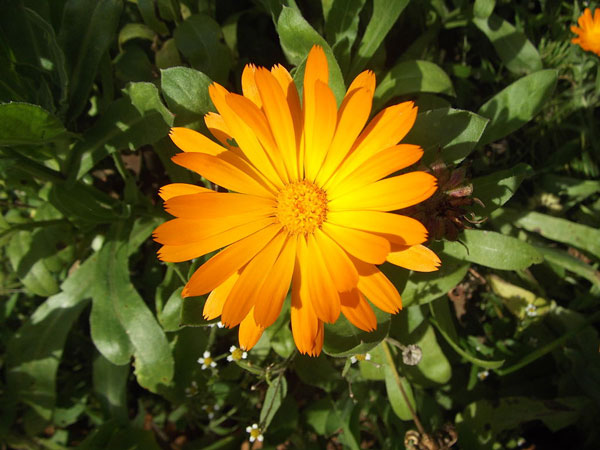
Cuts and Abrasions
If the wound does not require immediate medical care, your job is to clean it, stop the bleeding, and set the stage for healing. When the wound is clean, there are several household and herbal remedies you can have ready in an instant to reduce blood flow.
Household Remedies for Bleeding
Cayenne Powder. Applied topically, it stings but does indeed encourage wounds to stop bleeding.
Spiderwebs. Believe it or not, spiderwebs contain a coagulating substance that can be applied to cuts. Just make sure the spider has left the web!
Once bleeding has stopped, apply a bandage. If the wound is large or going to be exposed to dust and dirt, apply sterile gauze, and secure with adhesive tape. Or, if you’re in an area in which plantain grows, you can pick some leaves, wash and shred them, then mix with warm water until well saturated. Apply topically as a poultice under the bandage (or instead of a bandage, if one is unavailable).
Herbal Remedies for Healing Wounds
Herbal salves. Any herbal salve containing infection-fighting herbs — such as echinacea, calendula, goldenseal, chaparral, osha, or lavender — or bee propolis or tea tree essential oil may also aid healing.
Cranesbill, shepherd’s purse, Tienchi ginseng (Panax pseudoginseng), and yarrow. Use any of these as a tincture, powdered in a blend, or crushed and applied as a poultice.
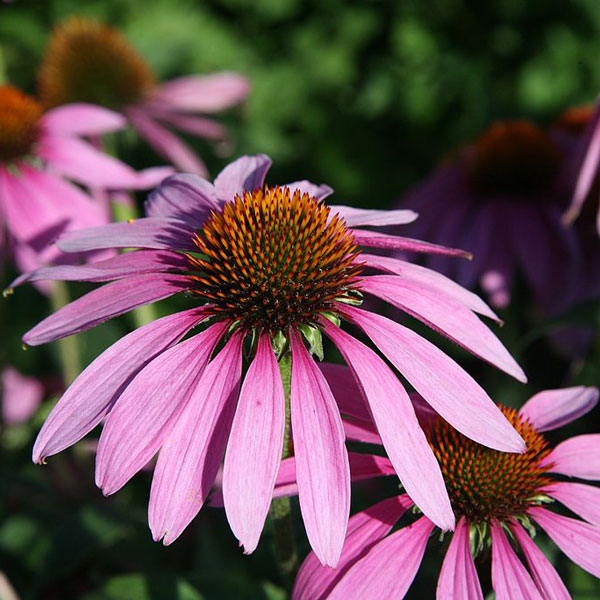
Bug Bites
Ants. Treat ant bites topically with apple cider vinegar, green clay moistened with vinegar or water, cucumber juice, or a plantain leaf poultice. You can also try applying mud, lavender or tea tree essential oil, or a paste of baking soda and apple cider vinegar to help neutralize the formic acid in the bite.
Mosquitos. Apply mud, witch hazel, lemon juice, moistened vitamin C powder, apple cider vinegar, peppermint, a plantain leaf poultice, or lavender or tea tree essential oils to the bite.
Ticks. If they’re attached, it’s imperative that ticks be removed without leaving their heads embedded in the skin. After pulling the stick straight out with tweezers and removing any part left in the wound, wash the area and your hands well with antiseptic soap and water. Dry, and apply a few drops of infection-fighting echinacea tincture or lavender or tea tree essential oils.
If you are bitten by a tick, as a precaution, take 1 dropperful of echinacea or red root tincture 3 times daily for a few days to give the immune system a boost. You might also want to drink calendula and cleavers teas. Calendula is antiseptic and helps treat infections deep in the body, while cleavers reduces fevers.
If you suspect you have contracted a tick-borne illness, visit a health-care professional.
TEXT EXCERPTED AND ADAPTED FROM THE NATURAL FIRST AID HANDBOOK © 1999, 2017 BY BRIGITTE MARS. ALL RIGHTS RESERVED.
